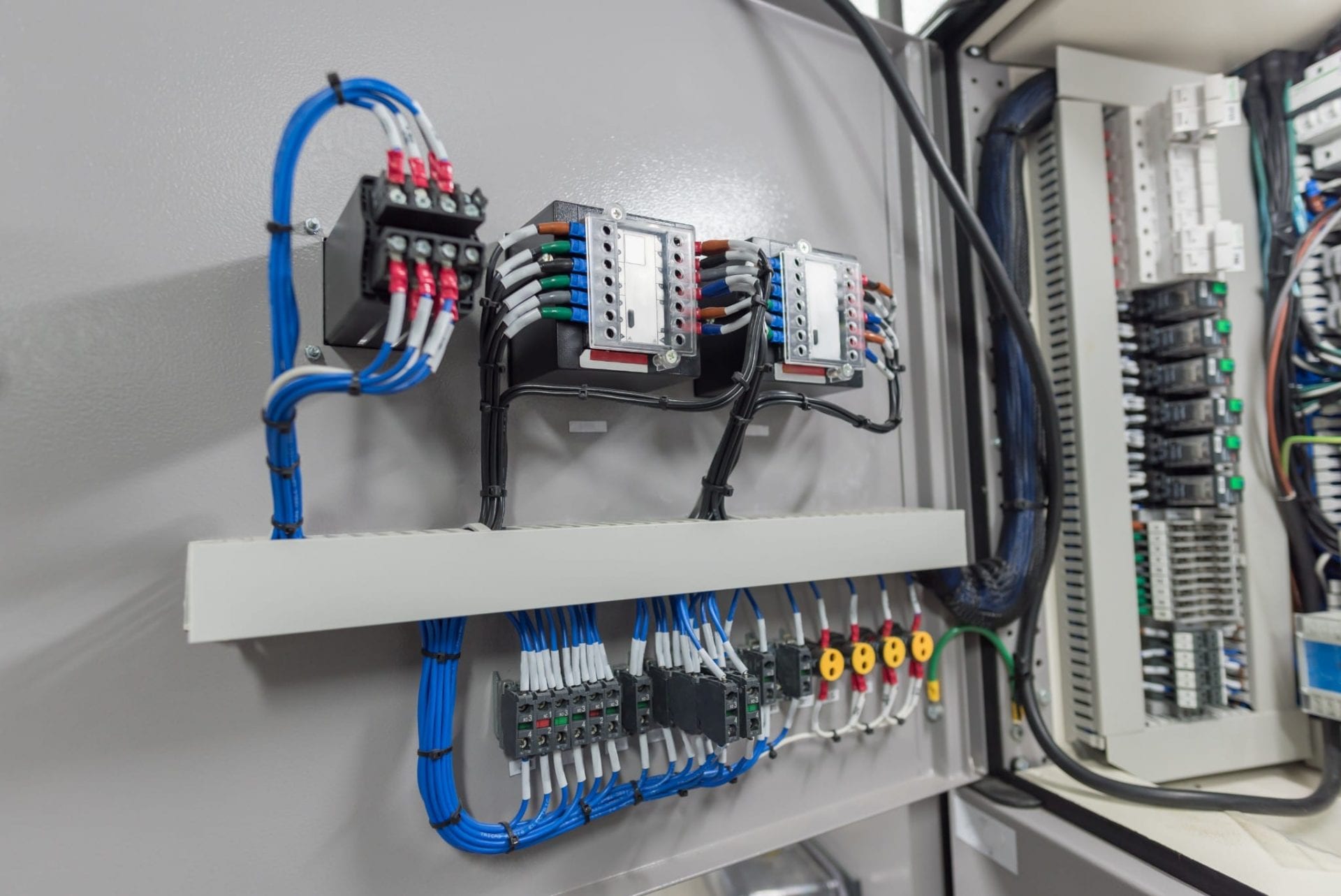The Ultimate Beginner's Guide to Electrical Wiring: All You Need to Know

The electrical wiring is an essential part of any home and understanding it is essential for every homeowner. It is not just important to ensure the smooth running of your house but it’s also critical to ensure your safety. In this article, we’ll examine the fundamentals of electrical wiring and the importance of safety and the advantages of hiring an accredited residential electrician for all your electrical wiring needs.
Understanding the basics of electrical wiring
Electrical wiring is the system of electrical conductors which run through your house, delivering electrical power to your appliances or devices as well as lighting fixtures. It functions by creating electrical circuits that connect the sources of power to your devices. Electrical circuits are made up of wires, switches, and other electrical components that work to create a safe and efficient electrical system. There are various kinds of electrical wiring. These include aluminum, copper, as well as types of wire insulation like PVC, rubber, or paper.
Preparation and planning for electrical Wiring
When installing an electrical wire, you must consider many factors to consider, including the kind of wiring you require, the power capacity that your electric system can handle, and your power requirements. In addition, it is essential to be aware of electrical wiring regulations and permits needed in your area. To prepare the electrical wires, create an electrical plan and assess your electrical needs. This will make sure that the electrical wiring is safe efficient, reliable, and meets your power needs.
Materials and Tools Needed to conduct electrical wiring
When making new electrical wiring, it is essential to have the proper tools and materials available. Tools that are essential include wire cutters, strippers, pliers, and a voltage tester. Other components required to conduct electrical wiring comprise electrical tapes, wire nuts conduit and electrical boxes. It’s also useful to have a wiring diagram to help you with the installation process.
Step-by-Step Guide to Installation of Electrical Wiring
The installation of electrical wiring is an intimidating process However, with the proper tools and expertise, it can be done in a safe and efficient manner. This is a step-by-step guide to installing electrical wiring at home:
Switch off the power in the area where you will be working.
Plan the wiring layout and mark where the wiring will be installed.
Install conduit and electrical boxes wherever needed.
Cut and strip the wires until the correct length.
Connect the wires to the fixture or device that you’re wiring.
Secure the wires in place with the wire nuts or electrical tape or conduit straps.
Examine the wiring to confirm it is functioning properly.
When installing the wiring It is crucial to adhere to wiring installation best methods and suggestions. Additionally, be aware of the common mistakes that you should avoid while installing wiring for example, wiring circuits that are too large, using wires that are damaged, and using the incorrect type of wire for the job.
Troubleshooting Electrical Wiring Issues
Even with careful design and installation, electrical wiring issues may develop. Common problems include wiring damages, circuit overloads as well as electrical shorts. To resolve these issues it is essential to be aware of the most common electrical wiring issues and be aware of how to efficiently and safely solve them. It is also essential to follow electrical safety procedures when attempting to solve electrical wiring problems like shutting off the power and wearing safety gear.
Conclusion
In conclusion, understanding how your electrical wiring is wired in your home is essential for your safety as well as the effective functioning the electrical systems. It is crucial to engage an accredited electrician to ensure your wiring is set up and maintained in a proper manner. At Local Electrician Emerald, we provide an array of electrical services that include electrical wiring repair and installation. Call Local Electrician Emerald at 1300 933 820 for all your electrical wiring needs.
Electrical Wiring FAQ
Here are some commonly asked questions regarding electrical wiring, along with additional safety tips and the best techniques for electrical wiring installation and repair:
What type of wire do I need to use to wire my electrical circuit?
The type of wire you choose to use for your electrical wiring depends on the particular requirements of your project and local building codes. It is essential to choose the right gauge for your wire along with the insulation type, as well as wire material to ensure safety and efficiency of your electrical system.
Do I have the ability to put in my own electrical wiring?
While it is feasible to install your own electrical wiring, it is essential to have the proper expertise and experience to install it in a safe and efficient manner. In the majority of cases it is advised to hire a licensed electrician to ensure that the wiring is installed and maintained properly.
How often should I have my electrical wiring inspected?
It is recommended to examine your electrical wiring every 10 years or when you observe signs of electrical problems, such as frequent trips to the circuit breaker or electric shocks.
What should I do if I find electrical wiring issues in my house?
If you spot any electrical wiring issues within your home, such as flickering lighting or outlets that do not function, it’s important to take action immediately. Shut off power to the area in question and call an authorized electrician to assess and repair the issue.
By following these tips and best methods, you can be sure that your electrical wiring is secure and operating correctly. Make sure you are taking safety into consideration and get a certified electrician whenever you need to. Contact Local Electrician Emerald at 1300 933 820 to discuss all of your electrical wiring needs.
